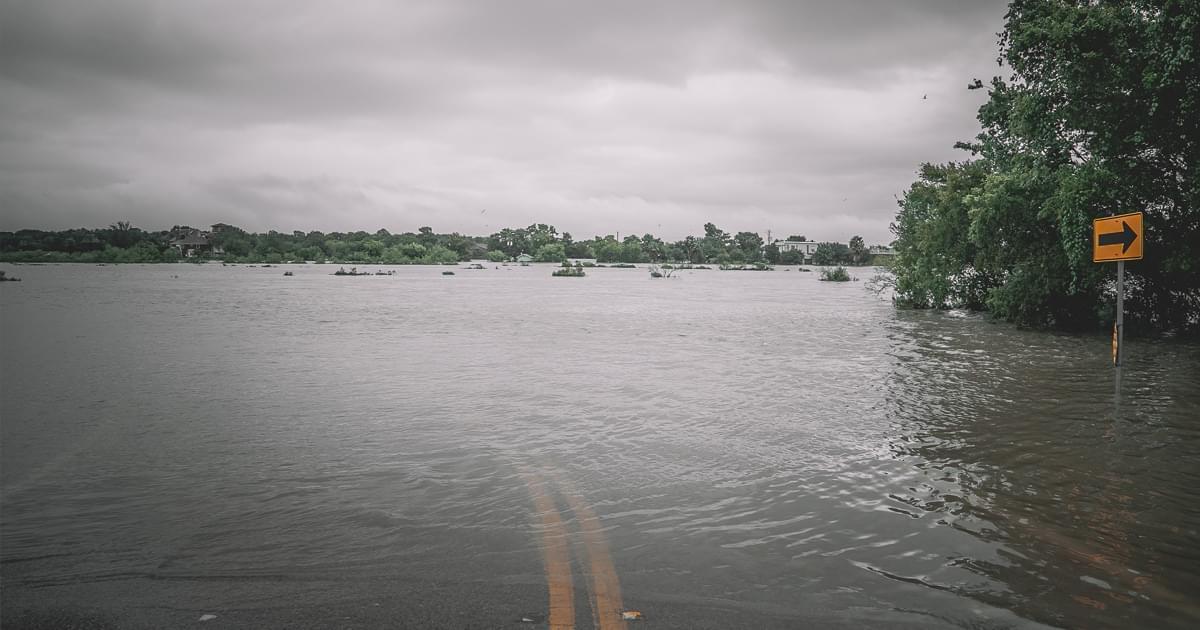As flood waters rise, it’s important to be aware of it’s risks.
Floodwater can be contaminated with sewage and chemicals and hide sharp metal or glass objects.
Flooding can also displace animals, insects and reptiles.
Flood water poses drowning risks for everyone, regardless of their ability to swim. Swiftly moving shallow water can be deadly, and even shallow standing water can be dangerous for small children. Vehicles do not provide adequate protection from flood waters. They can be swept away or may stall in moving water.
Beyond the immediate safety threats of floodwater are the health risks.
According to the CDC, common infections/diseases include:
Diarrheal Diseases
Eating or drinking anything contaminated by flood water can cause diarrheal disease.
To protect yourself and your family,
- Practice good hygiene (handwashing) after contact with flood waters.
- Do not allow children to play in flood water areas.
- Wash children’s hands frequently (always before meals).
- Do not allow children to play with toys that have been contaminated by flood water and have not been disinfected.
Wound Infections
Open wounds and rashes exposed to flood waters can become infected.
To protect yourself and your family,
- Avoid exposure to flood waters if you have an open wound.
- Cover clean, open wounds with a waterproof bandage to reduce chance of infection.
- Keep open wounds as clean as possible by washing well with soap and clean water.
- If a wound develops redness, swelling, or drainage, seek immediate medical attention.
Read more via CDC.GOV
